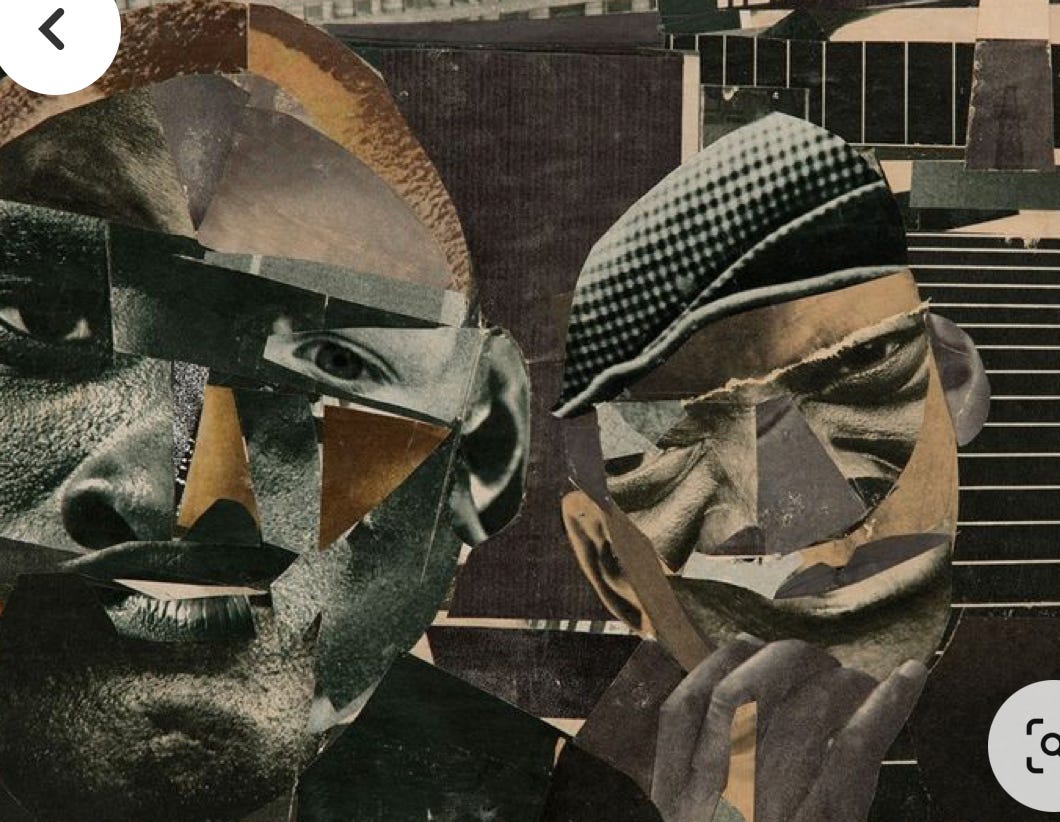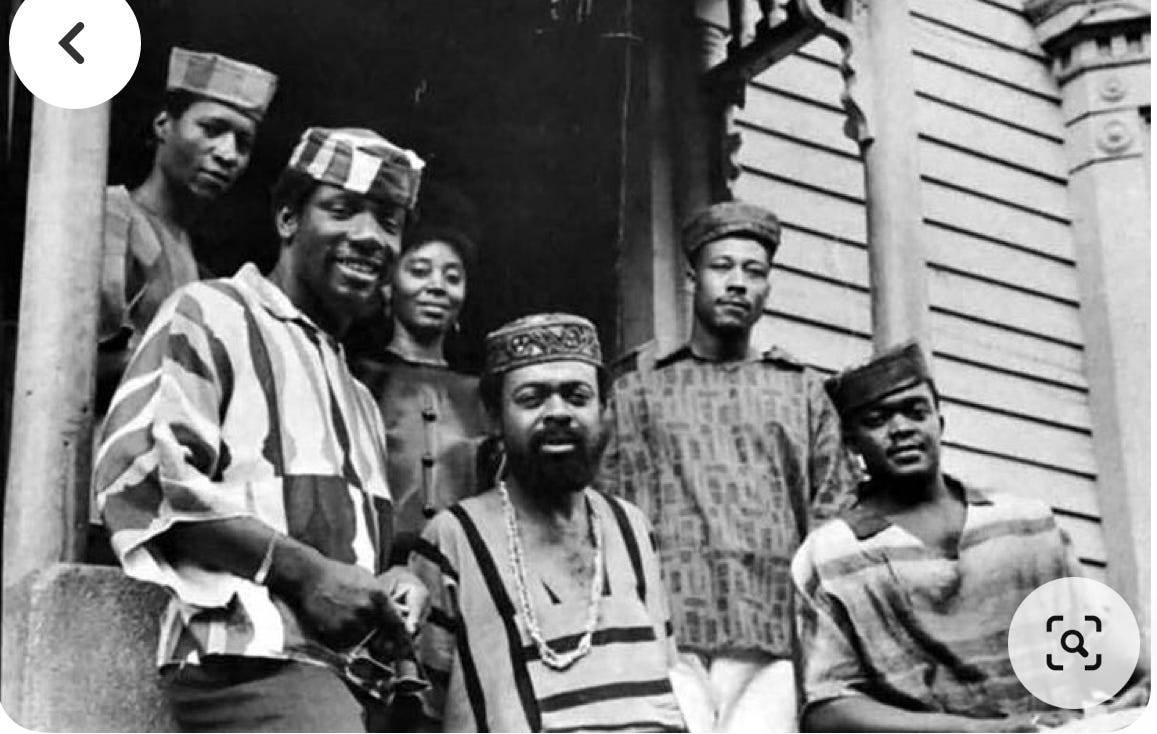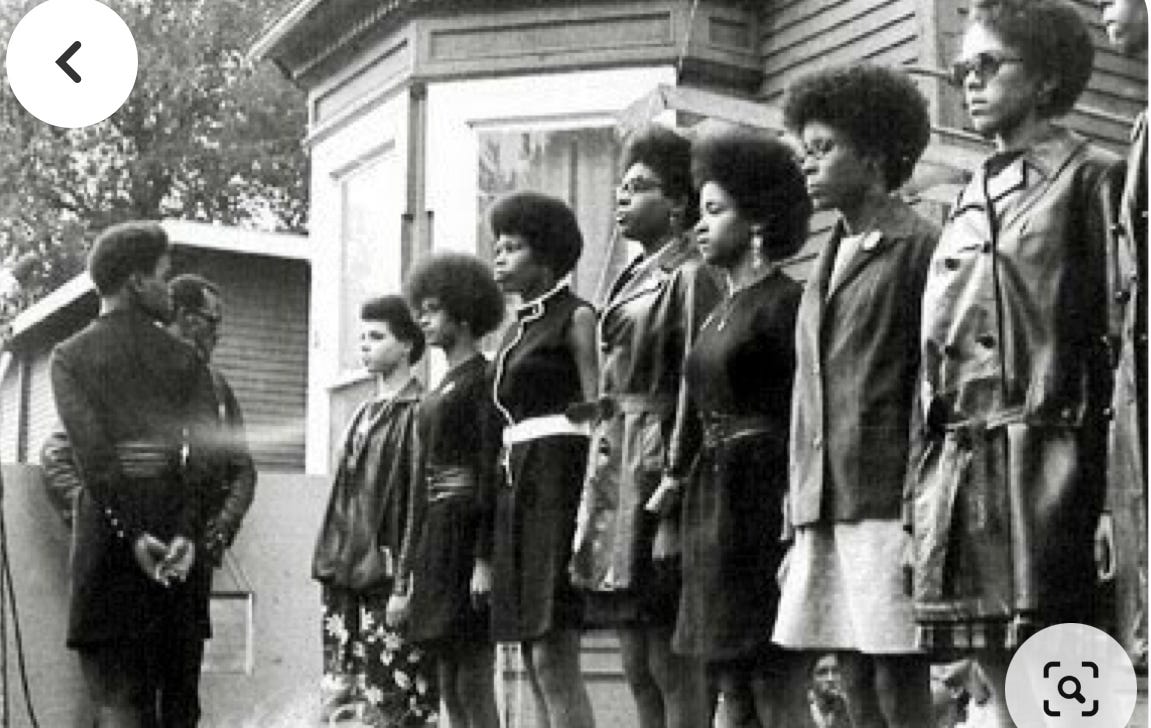I’m using the excuse of Black Poetry Day, Jupiter Hammon’s birthday, to introduce my scholarly work here on Substack. I can’t wait to sing the praises of Danez Smith! I have studied two of their books extensively so I will begin to share the work here. Here is my introduction, for those who are really getting into it. I will follow up with posts of my favorite poems.
I like poetry the best for several reasons:
I am busy and poetry is short. But the short text doesn’t mean that there is less meaning.
It’s the only place that I know of where less is truly more.
It compounds on expertise - there are ways to be good and ways to be even better.
Creative interpretation of the meanings.
If you’re not into my scholarly essay, give Mr. Hammon’s religious poems a read. Notice that he dedicated this first one to Ms Phillis Wheatley, also one of our earliest Black poets. Ms. Wheatley’s religious poems are more unique to her thoughts and voice.
If you want poems, but not religious poems by our elders, go ahead and check out the homie Danez Smith. This one is not covered in my thesis.
Here we go. You might want to open this on your laptop or tablet; its not short. This introduction lays out everything I think about Black poetry, writing, art, and to an extent, life. I’m gonna link it to every other critique I publish.
During my master’s thesis research, I noticed that when Black scholars study Black literature, they seem likely to find what I call “aesthetic” value where non-Black scholars missed it. Historically, that has been the case with what Hoyt Fuller (and others) called the “Black Expressive Domain.” The tradition of Black literature has become a space, in United States arts and letters, that has confused some over the last sixty years or so. Our expressive domain, or literary tradition, seems to be loosely split between Black Americans, Black people from the rest of the diaspora - especially Africa and the Caribbean, and people with brown skin who wish the color would always be ignored by the new social ideologies of postracialism. The works of Black Americans that were chosen for publishing and distribution were very often narratives in response to the history of slavery. Black writers throughout the diaspora seem to have referenced slavery and colonialism a bit less and their work tended to be less defined by it.
The Black Arts Movement (BAM) and the Negritude Movement made strides in developing art from cultural identity independent of the white gaze. In his book Afro-American Poetics, Houston A. Baker lays out the major ways Hoyt Fuller contributed to “a vision of emergent writers creating in accordance with distinctively black criteria and being judged by criteria adduced by black critics” (161). Fuller was the editor of three Black literary journals: Negro Digest, Black World, and First World. In those, Fuller provided a space where Black scholars could do exactly as he prescribed in the article “Towards a Black Aesthetic.” In it, he proposed that there be Black standards and Black people who are trained to measure by those standards. Similarly, in Chicago, Amiri Baraka and his radical team were motivated “to raise and unite the consciousness of the oppressed Afro-American people, so that they better understand themselves as well as better resist their enemies” (Baraka 17). Baraka was contributing to the work to make this real. He and his collaborators “put forth the concept in the organization called the Black Arts Repertory Theater/School” or BARTS (Baraka 12). He explained, “we received opposition because we called for Black art to define itself and speak for itself from the security of its own institutions” (18). Fuller had already begun the work of “publishing the thoughtful essays, the fiction and the poetry of both known and unknown writers, reporting on the arts, educational movements and innovations, and guarding against the opportunists and charlatans who would exploit Black Art and Literature for their own gain and for the spiritual and artistic colonization of Black people” (Fuller, SOS). Fuller’s publications lasted until 1976.
The BAM was unapologetic in its aim toward only incorporating Black art. It is possible, even likely, that this hurt business, so the critics turned their back on Black literature and aesthetics, while the Academy was already disinterested. There were even prevalent disagreements among Black people about the necessity of separation. These same arguments occur today but people call it postBlack or post racial ideology. The BAM artists wanted to self-segregate and insulate themselves from prejudice rather than being forced to segregate and being at the mercy of white critics. I theorize that the BAM did not last because it was too political and not solely artistic. It was artistic and produced work that we all still study sixty years later, but the art and the politics were always two sides of the same coin. I wonder if the politics had only served to quietly undergird the arts, whether remnants of it would have endured in more prevalent ways than it did. In the 1970s and 1980s, the public collective Black perspective seemed to lean more toward assimilation and sameness than pride in difference.
In between the 1920s Harlem Renaissance and the 1960s Black Arts Movement in the United States, a simultaneous Black Aesthetic and identifying movement was occurring in the Caribbean. Aime Cesaire and Frantz Fanon are oft-quoted scholars in the field called “Negritude.” Charles Rowell interviewed Aime Cesaire in 1989 about his impact on the Negritude movement and Black literature. He mentions that, in the Caribbean, they were influenced by Black American writers mentioned in Alain Locke’s The New Negro anthology of the Harlem Renaissance. Cesaire attributes the foundation of the Negritude movement to the Black American revolt against anti-Black racism (Rowell 990). Black Caribbeans were also developing language to divest themselves of the colonizers’ influence. Cesaire’s famous poem, Notebook of a Return to my Native Land, was interpreted by Edmonson as a “defiant assertion that he cares a little or nothing about white world distortions of black world achievements and potential” because “‘... no race possesses the monopoly of beauty, of intelligence, of force, and there is a place for all at the rendezvous of victory’” (94-95).
Taking the historical BAM and Negritude movements, and the current Black Lives Matter and new Black pride movements into consideration, there is an increasing desire for both aesthetics and thematic elements outside of any allegiance to the white gaze, and all Black artists are eligible to add to the collective self-definition. In my thesis I studied Danez Smith’s collection of poems Don’t Call Us Dead using theories from Dagmawi Woubshet’s The Calendar of Loss: Race, Sexuality, and Mourning in the Early Era of AIDS. I clarified Woubshet’s theory that an insistence on continued production of art and perseverance beyond oppression can be called “insurgent mourning” (47). I provided a critique of the now-prolific young Black poet, Danez Smith, whose work should be more widely studied for the way it does not avoid the reality of Black lives but does transcend the pain.
Baker, in the chapter of his book written as a dedication to Hoyt Fuller, called these elements our “Black expressive domain” (162). I liked that and his terminology of “Afro-American expressiveness” serves as a broader and preliminary term for the “Black Aesthetic” which Fuller helped to define. Baraka, in relating his point about a Black establishment, says “The deepest hunger in our souls” is “the urge to democracy to self-determination, the understanding that no matter how much we might be ‘recognized’ or ‘accepted’ or even lionized as artists, we were still somehow burdened with the disorienting realization of alienation” (12). Some of us agree with Baraka that they don’t feel our art because of racism. But Fuller doesn’t blame this alienation as racism. He says “The essential point here is not the presence of overt hostility; it is the absence of clarity of vision. The glass through which black life is viewed by white Americans is, inescapably... befogged by the hot breath of history. True ‘objectivity’ where race is concerned is as rare as a necklace of Hope diamonds” (Fuller 152). So some of us give the benefit of the doubt that they simply don’t understand us.
Black aestheticians, artists and art critics, around the world pursue arts just as “everything human beings in whatever part of the world have undertaken to cope with life, to make life easier to live and to face death“ (Rowell 992). White writers have for centuries been lauded for doing their self-actualization in public. People of color have never been allowed, much less lauded, for doing the same. “Negritude was for us a way of asserting ourselves. First, the affirmation of ourselves, of the return to our own identity, of the discovery of our own selves” (Rowell 992). Every human who wants to make art wants to be able to do so in the safest way possible. One of the elements that makes way for safety is exclusivity and separation; a refuge, not a banishment. You cannot critically immerse yourself in Black literature without a working knowledge of Black politics. The topics and themes will surface. This thesis project presupposes that there are nuances in literature by Black people that non-Black readers are likely to miss completely or misunderstand. That said, Black writers are also masters of craft, so the most interesting elements of Black writing are not the common themes or tropes but the unique implementations of form. This thesis seeks to explore those.
I’m interested in comments by alllllllll Black people.
Note:
John McWhorter’s book is Talking Back Talking Black, and in it he uses the term “Black English” to describe what is also often called African American Vernacular English (AAVE—formerly American Black Vernacular English ABVE and American Black English Vernacular ABEV interchangeably). Like McWhorter, I use Black English in this thesis because it is shorter, clearer, and more to the point.
Works Cited
Baker, Houston A., Jr. "An Editor from Chicago: Reflections on the Work of Hoyt Fuller." Afro-
American Poetics: Revisions of Harlem and the Black Aesthetic. Madison: U of Wisconsin, 1988. 160-68. Print.
Baraka, Amiri, SOS -- Calling All Black People : A Black Arts Movement Reader, edited by John H. Jr. Bracey, et al., University of Massachusetts Press, 2014. ProQuest Ebook Central, ebookcentral.proquest.com/lib/ucok-ebooks/detail.action?docID=4533174.
Fuller, Hoyt W. “Towards a Black Aesthetic.” SOS -- Calling All Black People, University of Massachusetts Press, 2015, p. 151-156.
Rowell, Charles H. "It Is through Poetry That One Copes with Solitude: An Interview with Aimé
Césaire." Callaloo 31.4 (2008): 989-97. Web. SOS -- Calling All Black People : A Black Arts Movement Reader, edited by John H. Jr. Bracey, et al., University of Massachusetts Press, 2014. ProQuest Ebook Central, ebookcentral.proquest.com/lib/ucok-ebooks/detail.action?docID=4533174.







Thank you for the restack